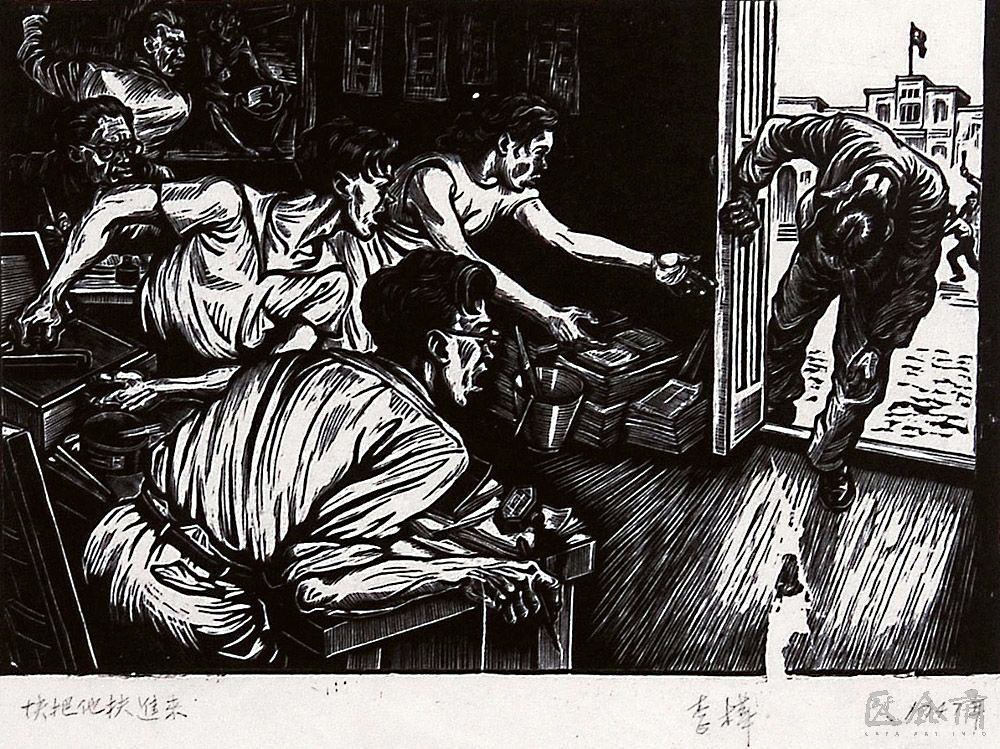Jamil Naqsh & Najmi Sura
Edward Lucie-Smith
The exhibition celebrates not only the four decade companionship of Jamil Naqsh and Najmi Sura but also explore the Eastern and Western influences in their works. Edward Lucie-Smith elaborates.
The paintings by Jamil Naqsh and Najmi Sura celebrate two very close, subtly interlinked relationships. The first is that of master and pupil – a relationship where the one who was originally the pupil has, in the course of time, become an independent artistic being, while the two still continue to live and work together. The other relationship is their joint, but subtly different, attitudes to the complex artistic history of the Indian subcontinent. In addition to offering a commentary on these, the show informs us about their separate reactions to the development of European contemporary art, as this has increasingly impinged on artists of non-Western origin. In other words, this event offers both a mirror of an intimate personal bond, and also, at the same time, a subtle commentary on recent worldwide cultural developments. The problem for non-European artists in the years after World War II, when communications between cultures improved dramatically, has been how to create a dialogue between European forms and European expectations about art and the backgrounds they themselves come from. The more ancient and sophisticated this cultural background is, the more difficult the transition. To cite one very obvious example, while painting on a large scale is certainly part of the Indian heritage – one thinks of the sumptuous wall paintings in the caves at Ajanta in the Deccan – portable paintings on canvas were an idea brought to India by the British. They have only, in comparatively modern times, become a universal form of expression.


